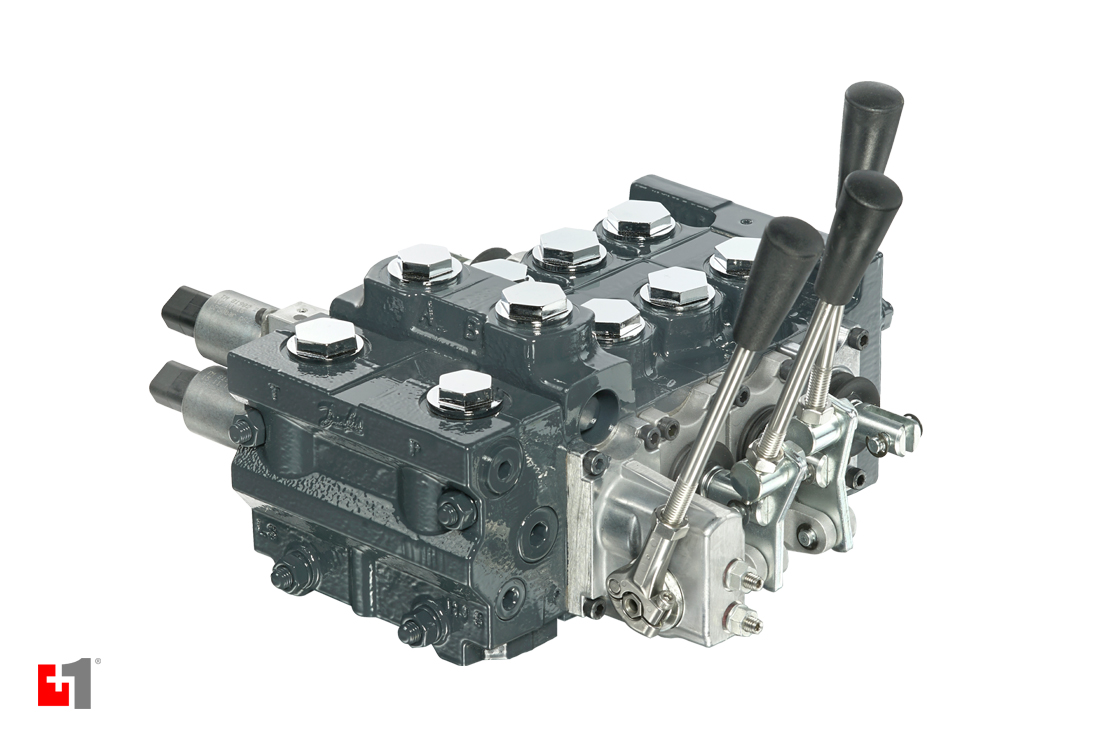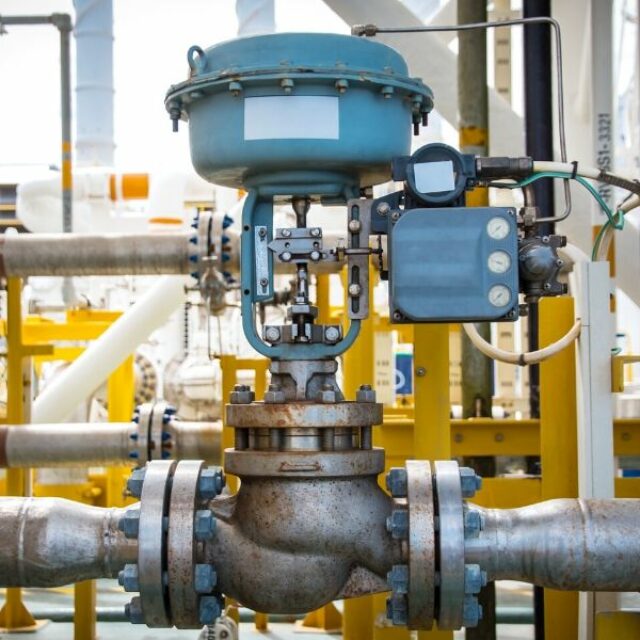Efficient Control Valves: Trick Elements for Reliable System Management
Efficient Control Valves: Trick Elements for Reliable System Management
Blog Article

Maximize Energy Savings and Comfort With Advanced Structure Automation Controls
In the realm of modern-day design and center administration, the assimilation of advanced structure automation manages stands as an essential improvement. The convergence of innovation and sustainability has actually birthed a new period where power efficiency, comfort optimization, and operational streamlining are no longer possible realities however distant ambitions. By harnessing the power of automation, structures can adapt, react, and progress in ways that were as soon as unbelievable. The capacity for significant power financial savings and boosted comfort is not just a possibility but a guarantee waiting to be met. This standard change in structure administration holds the vital to unlocking a world where ecological conscientiousness and owner wellness sympathetically coexist within the wall surfaces of our frameworks.
Energy Efficiency Perks
Power performance advantages can considerably minimize power intake and functional prices in structures. Energy-efficient systems, such as advanced building automation controls, can enhance the use of resources like air conditioning, home heating, and illumination, leading to lower power expenses over time.
Moreover, improved energy effectiveness can prolong the life expectancy of structure devices and systems. By running extra effectively, a/c systems, lighting fixture, and other structure components experience much less wear and tear, causing lowered upkeep and substitute costs. Furthermore, energy-efficient buildings frequently regulate greater residential property values and rental prices, offering lasting monetary advantages to owners.
Additionally, energy efficiency can enhance owner comfort and efficiency. Properly managed interior environments with optimum lighting and thermal problems produce a more helpful and enjoyable work space, resulting in boosted employee satisfaction and efficiency. In general, the power efficiency benefits connected with sophisticated structure automation controls are complex, incorporating expense financial savings, environmental stewardship, and passenger well-being.
Enhanced Convenience Control
Enhancing comfort control in structure atmospheres calls for an innovative integration of advanced automation systems for optimal owner wellness. By making use of sophisticated structure automation controls, centers can customize the interior atmosphere to meet the certain needs and preferences of passengers. control valves.
By integrating these innovative controls, structures can not just enhance comfort however likewise enhance power performance by enhancing system procedures based on actual occupancy and usage patterns. Inevitably, prioritizing owner convenience via innovative automation systems leads to a much more pleasurable and healthier interior atmosphere.
Functional Efficiency Improvements

Moreover, the implementation of real-time monitoring and analytics tools makes it possible for structure drivers to determine energy inadequacies and operational anomalies without delay. By constantly checking energy usage patterns and system efficiency metrics, changes can be made in real-time to enhance power consumption and make sure peak operational efficiency. control valves. In addition, incorporating demand reaction strategies into building automation controls can additionally enhance operational performance by dynamically readjusting power use based upon grid conditions and pricing signals
Indoor Climate Optimization
Reliable interior environment optimization is an essential element of structure automation controls, making certain residents' comfort and health while maximizing power financial savings. By utilizing sophisticated sensing units and controls, developing automation systems can continuously keep track of and readjust temperature, moisture degrees, air quality, and air flow to develop an ideal interior environment. useful content Maintaining comfy and regular conditions not only enhances owner contentment yet also boosts productivity and overall wellness.
Indoor environment optimization likewise plays an essential duty in why not check here energy effectiveness. By fine-tuning home heating, ventilation, and air conditioning systems based upon real-time information and occupancy patterns, building automation controls can dramatically reduce energy intake - control valves. Implementing techniques such as demand-controlled ventilation and thermal zoning can help reduce energy waste while making sure that each area of the building receives the required conditioning.

Sustainable Setting Creation
Structure automation regulates not just maximize interior climate conditions for energy effectiveness and occupant convenience but likewise lay the structure for creating a lasting atmosphere with critical administration of sources and systems. By integrating innovative structure automation modern technologies, such as sensors, actuators, and smart software application, centers can keep an eye on and change energy use in real-time to minimize waste and reduce their carbon impact. These systems allow anticipating maintenance, determining prospective concerns prior to they escalate and enhancing tools efficiency to boost long life and performance.
Additionally, sustainable environment production prolongs past energy administration to include water conservation, waste decrease, and indoor air quality enhancement. Structure automation controls can regulate water usage, identify leaks, and guarantee proper garbage disposal techniques, adding to general sustainability efforts. Additionally, by keeping track of and regulating ventilation and purification systems, these technologies improve resident health and efficiency while lowering power usage linked with a/c procedures.
Final Thought
Finally, advanced building automation controls deal considerable advantages in terms of energy financial savings, convenience control, operational performance, interior environment optimization, and creating a sustainable environment. By carrying out these controls, structures can achieve optimum efficiency while lowering energy usage and improving occupant convenience. It appears that the use of innovative automation innovation is home essential in improving structure efficiency and developing a more sustainable future.
Power efficiency advantages can significantly lower energy consumption and operational expenses in structures. Overall, the energy performance benefits associated with sophisticated building automation controls are diverse, including expense savings, ecological stewardship, and owner health.
In addition, incorporating need reaction methods right into structure automation controls can additionally boost operational effectiveness by dynamically adjusting energy use based on grid conditions and pricing signals.
Building automation manages not just maximize interior environment problems for energy effectiveness and passenger comfort but also lay the foundation for producing a lasting environment through calculated management of systems and sources.In final thought, progressed structure automation manages deal significant benefits in terms of energy savings, convenience control, operational efficiency, indoor environment optimization, and developing a sustainable environment.
Report this page